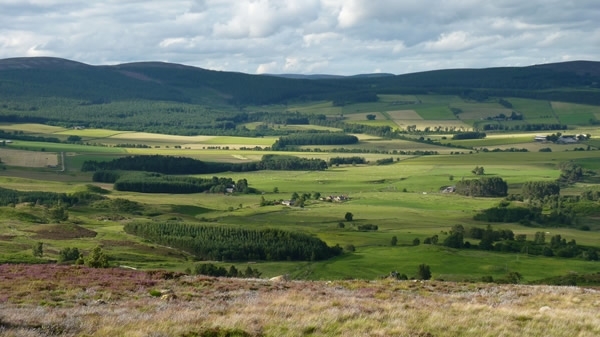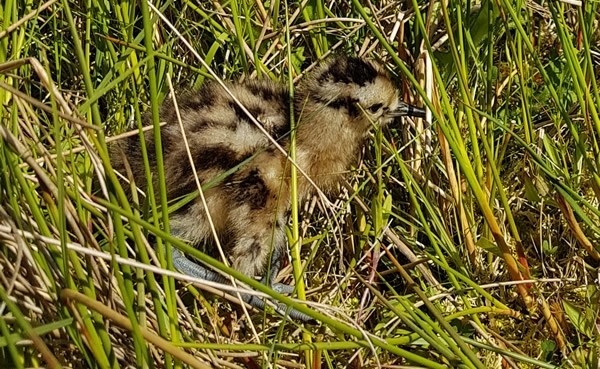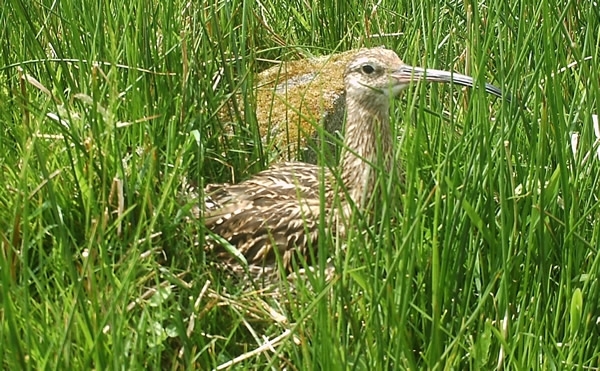
Thursday 27 September sees the gathering of a number of experts in various aspects of curlew life-history at Battleby near Perth, for discussions on how we reverse the worrying declines of curlew in the UK and Scotland in particular.
Organised by Mary Colwell and an array of other organisations, including GWCT, it aims to address the 59% decline in curlew in Scotland over the last 20 years – a massive 16% in the last five years alone – and what action is needed to save the species. This is the latest in a series of such meetings with others held in Northern Ireland, England and Wales.

The decline in curlew, especially in the last five years, appears to be most severe in Scotland and Wales, but research to date suggests the primary causes are the same across most of the UK: loss or degradation of breeding habitat and low breeding productivity because of predation on eggs and chicks by generalist predators. Dave Parish, GWCT’s head of lowland research in Scotland and at GWSDF Auchnerran, will be speaking at the conference on the potential use of predator control as a tool for increasing productivity.
Dave said “I am delighted to have been asked to contribute to this very important meeting. We know from research that GWCT did at Otterburn that good predator control can result in an increase in the number of curlew chicks produced in an area and that this in turn can drive an increase in curlew populations. It is important that land managers have this tool available to them and are appropriately trained if they are new to predator control, as this can result in very fast improvements in curlew fortunes when done properly.

With input from researchers, conservationists, land managers, the Scottish Parliament and collaborative work through the Working for Waders initiative, which GWCT is involved in, we hope the meeting will produce an agreed action plan with appropriate support to see it implemented where it’s needed in Scotland.